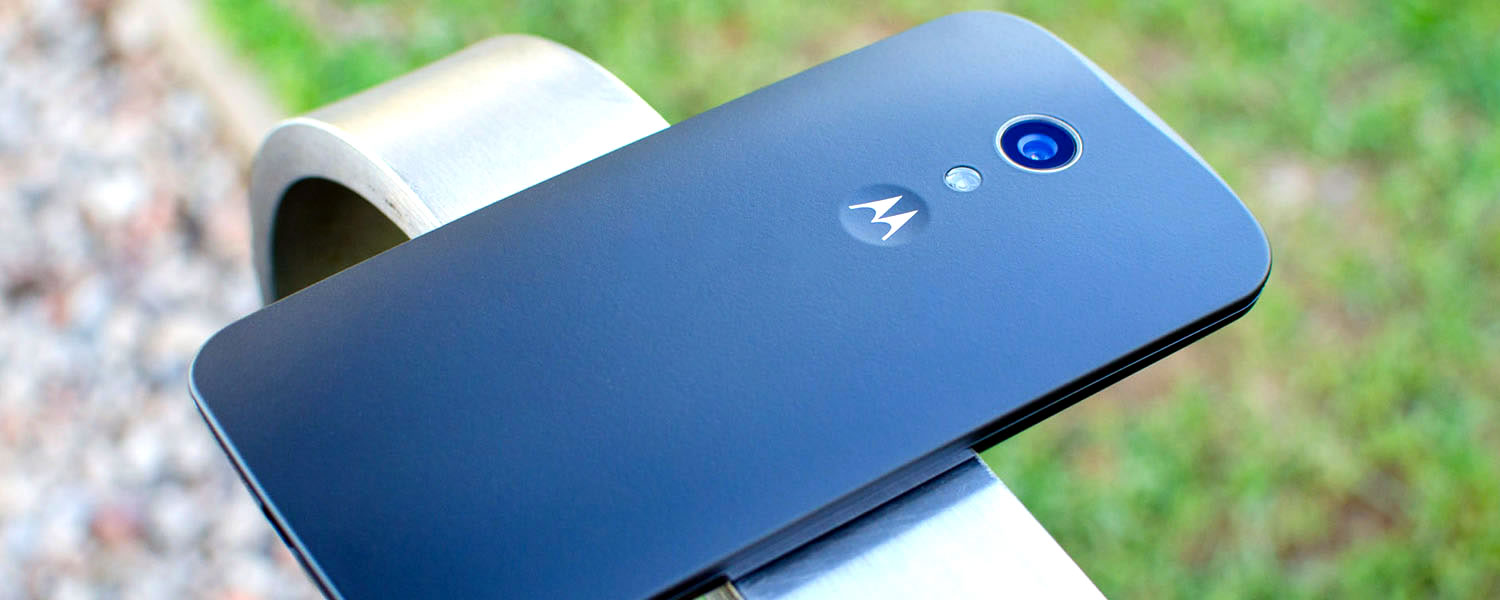Camera: Sony To The Rescue
One aspect of the 2014 Motorola Moto G that has been significantly updated is the camera. The mediocre 5-megapixel camera in the previous model has been replaced with an 8-megapixel unit with a wider f/2.0, 27mm-effective lens. The sensor is Sony's IMX179 1/3.2" CMOS with 1.4 µm pixels: the same unit found in the Google Nexus 5, but with a wider lens aperture and no optical image stabilization.
The front camera is Sony's IMX132, which is a 1/6.9" 1080p (2-megapixel) sensor paired with an f/2.2 lens. Despite both cameras having enough resolution to provide 1080p video capabilities, and the Snapdragon 400 having a 1080p video encoder, the Moto G can only record 720p video.
Thanks to the inclusion of a new sensor, the Moto G's camera is significantly better than its predecessor. Improvements can be seen across the board, delivering superior color quality, accuracy, metering, clarity and dynamic range. In fact there is not a single area in which the new IMX179 sensor provides a worse result than the Aptina AR0543 used in the original model.
Images captured in sunny conditions are vibrant, well saturated and generally accurate. In some circumstances the Moto G holds its own with flagship devices, although typically dynamic range and color balance isn't as solid as you'd get from the Samsung Galaxy S5 or Nokia Lumia 930, for example. The f/2.0 lens on the Moto G, though, does deliver excellent results for a smartphone in macro settings, providing pleasant enough bokeh.
A sensor resolution of eight megapixels is mid-range these days for a phone camera, but the slight upgrade over five megapixels in the Moto G's predecessor does provide extra detail and improve crispness when images are downscaled for normal viewing. Detail naturally isn't going to be as good as what you'd get from a 20-megapixel sensor, though there is still leeway to crop and manipulate images after they're taken.
Looking at full resolution crops (one is seen below) reveals an above average amount of detail, with the Moto G sitting in a sweet spot between images being too sharp and too soft. The camera software does apply some minor noise reduction filters after data is passed through from the sensor, but they don't introduce many artefacts to the final result. At the same time, they don't significantly reduce grain, so images taken with ISOs above 400 can be somewhat grainy, becoming more obvious as the ISO increases.
When the lighting isn't as great, the Moto G begins to struggle. Color quality and saturation is fairly consistent across the board, and the combination of 1.4 µm pixels with an f/2.0 lens results in better low light performance than the 2013 model. However the use of shutter speeds as low as 1/15s can introduce blur under artificial lighting, as there's no OIS to compensate for a shaking hand. Photos taken at night are generally forgettable due to the Moto G's inability to meter properly in these conditions, and weak sensor performance at high ISOs.
The camera app included with the Moto G is basic, providing just enough functionality to capture images without providing a wealth of manual controls. You simply tap on the screen to capture an image, there's a small amount of shutter delay, and you've got a photo. Diving into the settings reveals a decent HDR mode which by default the camera selects when to use automatically, a spot metering option that allows you to change where the camera is focused, and a basic panorama mode. That's basically it.
As the sensor's aspect ratio is 4:3 and the camera app shoots in 16:9 by default, I'd recommend changing that setting when you first launch the app. Ideally I'd like to see more features in the camera app and perhaps a better interface, but it'll do on this budget handset.
The Moto G captures 720p/30 video at 10 Mbps using H.264 High profile, with two-channel 128 kbps audio. 720p is lower than both the camera and SoC support, but the results are acceptable. Ideally I would have liked to see the Moto G utilize 1080p recording, though I imagine Motorola didn't want to spend much development time updating the camera software that was used in the original Moto G.

















